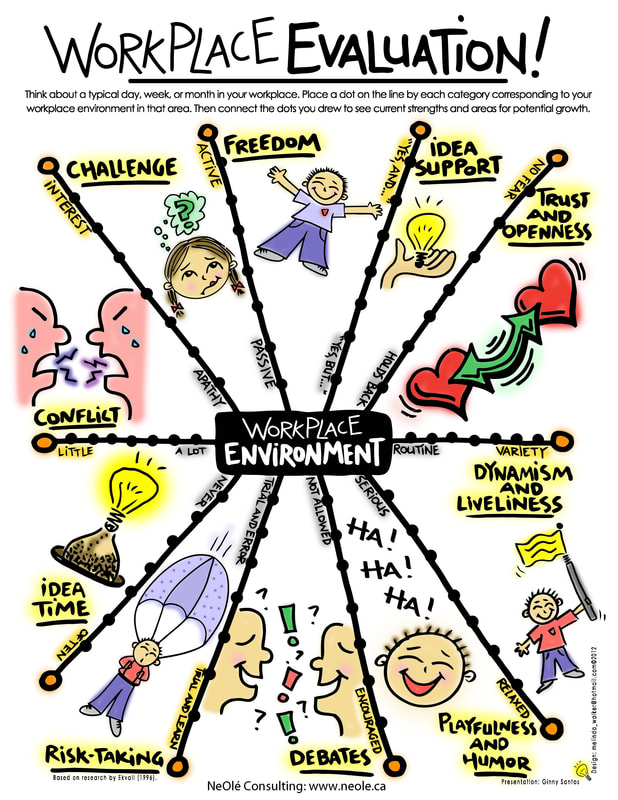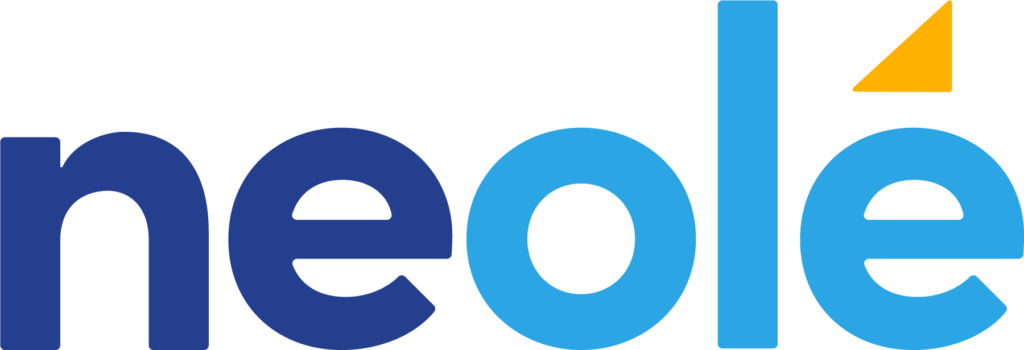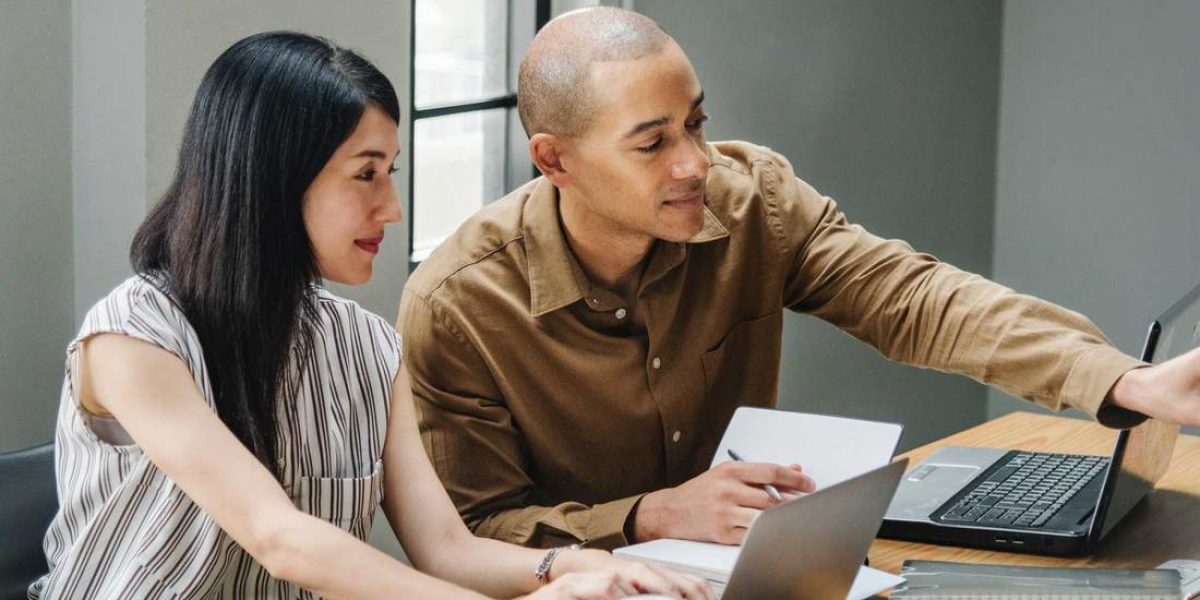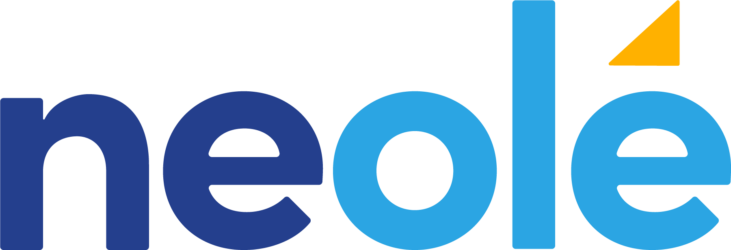A topic that is getting more attention these days is how to increase creativity in the workplace.
Great question! I suggest focusing on your workplace rather than on how to be creative. As a first step, think about a typical week in your workplace.
- Is debate encouraged or not allowed?
- Are ideas welcomed or ignored?
- Do you experience trust and openness, or would you describe your work environment as a place where people hold back their feelings?
- Is it a dynamic and lively workplace or rather monotonous?
A combination of these and six more factors impact how well your workplace nourishes your creativity. This is important to know, because…
There’s a connection between how creative you get to be at work and your personal wellness. All people are creative by nature, the more you can exercise your creativity, the greater your ability to reach your human potential.
How?
Göran Ekvall, a Swedish organizational psychologist researched the internal conditions that are necessary to foster creative behaviour and performance in an organization. Ekvall identified ten dimensions of a creative climate. We have translated his research into a Workplace Evaluation, a practical tool that you can use to evaluate your workplace or any environment in which you live, study or play. This tool will help you discover how well your environment supports your creativity and where there is room for improvement.
Here’s how to use the Workplace Evaluation.
 First, download and print the PDF of the Workplace Evaluation, shown above.
First, download and print the PDF of the Workplace Evaluation, shown above.
Each of the ten dimensions on the evaluation is described below. Review the ten dimensions and then, for each dimension illustrated on the evaluation, make a mark on the scale, indicating how close your workplace is to one descriptor or its opposite.
The Ten Dimensions of a Creative Environment:
1. Challenge: The degree to which members of the organization are involved in its daily operations and long term goals. In a high challenge environment, people are intrinsically motivated to make contributions, and find joy and meaningfulness in their work and invest much energy.
2. Dynamism and Liveliness: The eventfulness of the life of the organization. A highly dynamic situation is when there is something new going on often. In a dynamic and lively organization there is a sense of urgency, speed, eventfulness and excitement as opposed to the same routine work week after week.
3. Playfulness and Humour: The spontaneity and ease that is displayed. A relaxed atmosphere with jokes and laughter characterize the organization that is high in this dimension.
4. Freedom: The independence of behaviour exerted by the people in an organization. In a climate with a lot of freedom, people are given autonomy to define much of their own work. People are able to exercise discretion in their day-to-day activities, and people take the initiative to acquire and share information.
5. Risk Taking: The tolerance of uncertainty and ambiguity exposed in the workplace. In the high risk-taking climate, bold new initiatives can be taken even when the outcomes are unknown. People feel as though they can “take a gamble” on some of their ideas. People will often “go out on a limb” to put ideas forward.
6. Idea Time: The amount of time people can use (and do use) for elaborating new ideas. In the high idea-time situation, the possibilities exist to discuss and test impulses and fresh suggestions that are not planned or included in the task.
7. Support: The way new ideas are treated. In the supportive climate, ideas and suggestions are received in an attentive and kind way by bosses and workmates. People listen to each other and encourage initiatives. Possibilities for trying out new ideas are created. The atmosphere is constructive and positive.
8. Trust and Openness: The emotional safety in relationships. When there is a strong level of trust, everyone in the organization dares to put forward ideas and opinions. Initiatives can be taken without fear of reprisals and ridicule in case of failure. The communication is open and straightforward.
9. Debate: Encounters, exchanges, or clashes among viewpoints, ideas, and differing experiences and knowledge. In debating organizations, many voices are heard and people are keen about putting their ideas forward. Where debates are missing, people follow authoritarian patterns without questioning. Debate focuses on an exchange of arguments and ideas, as opposed to blindly accepting one perspective.
10. Conflict (negatively correlated): The presence of personal, interpersonal, or emotional tensions (in contrast to idea tensions in the debate dimension) in the organization. When the level of conflict is high, groups and individuals dislike or hate each other and the climate can be characterized as “warfare.” Plots and traps are common, gossip and back-stabbing occur.
Increase Creativity in the Workplace
Once you have rated your workplace environment for each of the dimensions, ask yourself, “How might I contribute to improving my workplace environment so that everyone can be more creative?” The following questions will help guide your thinking.
If you are in an environment where challenge is low ask yourself: How might I up the challenge for myself? How might I motivate myself and others to contribute to the long term goals?
If Dynamism and Liveliness are low, ask yourself: How might I bring more change and variety into my week? How might I avoid getting too settled in my comfort zone?
If there is little room for playfulness and humour, ask yourself: How might I take myself less seriously? How might I find and share more opportunities for laughter and humor?
If you feel there is a lack of freedom at work, ask yourself: Do I really need to check in as frequently as I do? How might I take more initiative and make more of my own choices? Often we limit our own freedoms out of fear of doing anything outside of the norm…but when we value freedom, we can’t help but make choices that expand our own independence. When you have the courage to be creative you can find a lot more things that CAN be changed.
People who make a difference do so by seeking challenges and taking risks. If you are in an environment where risk-taking is discouraged, ask yourself: How might I share the value of risk-taking and the practice of learning from failure? We all learn to walk by risking a fall, and we do fall many times. What matters is having the courage to get back up and try again and again – every time becoming stronger and knowing more about what won’t work and what will work.
Idea time: Most of us have ideas in the shower, at night, while driving, etc. We often have idea time when we are in-between work and home or in between states of wakefulness and sleep…but these are not considered work hours. Innovative organizations like Gortex, G-Adventures and Google, have figured this one out and give employees a percentage of work time for “idea time.” If idea time is undervalued in your organization, ask yourself: How might I carve out idea time for the projects that most need creativity? How might I help others see the value of idea time?
Support: It’s one thing to have ideas; it’s quite another to have the encouragement and support to experiment with your ideas. If the level of support for new ideas is low, ask yourself: How might we create more opportunities for sharing new ideas? How might I model a “yes, and” attitude towards new ideas? Spread the notion that ideas are no more than seeds with potential for great solutions. They need to be given space, light and nourishment so that they may flourish and completely change shape as they gain maturity. You will never see it take on its best shape if you step on it too early.
Trust and openness: People can’t see what you are thinking, but they can see how you behave. If your behaviour shows an honest interest in supporting others, then you are naturally going to create an environment of trust and openness. If you are in an environment where there is a low level of trust and openness, ask yourself: What are all the ways in which I might contribute to creating an environment of trust and openness?
If you are in an environment where the level of debate is low, it is quite likely that that there is a lack of trust and openness. But you also need the dedicated time and space for debates. If that’s what’s truly lacking, then ask yourself: How might we create opportunities for the exchange of differing opinions? How might we increase our own level of interest in diversity of knowledge?
Conflict: This dimension is opposite to the others. You want minimal personal conflict, but a lot of debate. Conflict is not bad in itself: what is bad is unresolved, hidden or growing conflict that interferes with people’s ability to trust, share ideas, be playful and take risks. The best way to keep conflict low is to address it long before it bubbles up. Here’s a very helpful list of tips for Effective Conflict Resolution.
Few organizations score high on all ten dimensions. Those that do are among the best places to work at.
What if that’s not your case?
What’s important is to become conscious of the areas in which your creativity is nourished and the ones where there is room for improvement. Becoming aware of the gap between the current reality and a better reality is the first step towards change.
Congratulations for taking that first step! The next step is to avoid the victim mentality by recognizing all the ways in which you can be proactive and influence change.
We all have the potential to be change agents, the only difference between those who act and those who don’t is the decision to do so.
Source: Ekvall, G. (1996). Organizational climate for creativity and innovation. European Journal of Work and Organizational Psychology, 5 (1), 105-123
Contact us to find out how to increase creativity in your workplace.





